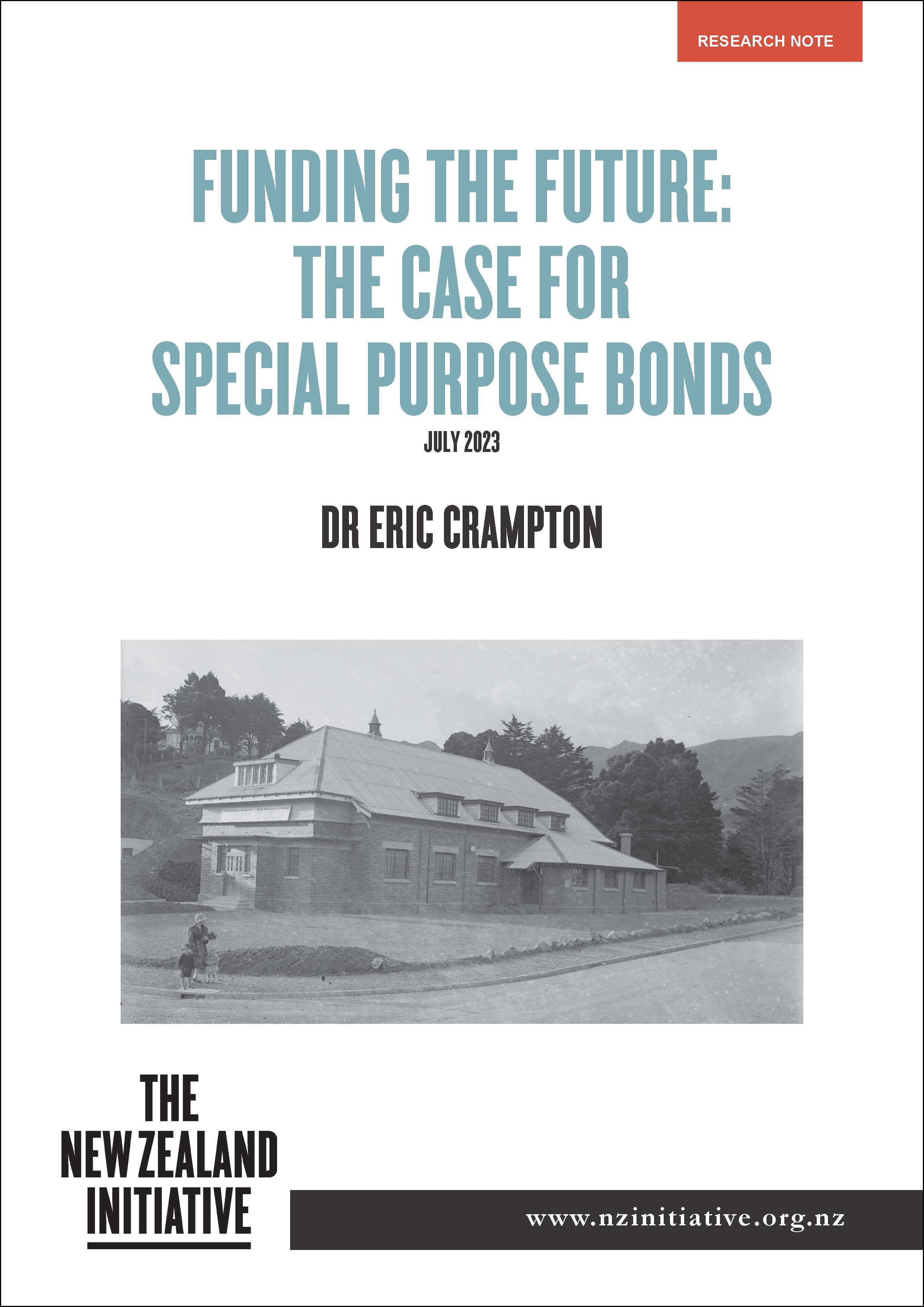There are no silver bullets in housing and infrastructure policy. Too many separate problems compound, resulting in a severe housing shortage and some of the world’s least affordable housing.
But, to steal a line from Treasury principal economist and housing expert Chris Parker, there may be silver buckshot.
Many separate problems require as many separate and targeted solutions. None of them, on their own, can solve the entire problem. But each one matters.
Making it possible to fund and finance the infrastructure necessary to support urban growth matters.
Councils have used their zoning and consenting functions to protect their balance sheets against the costs they perceive in accommodating urban growth.
Councils at their debt limits find it difficult to provide infrastructure.
Problems in funding and financing infrastructure compound existing issues in council finances.
It has resulted in dysfunctional housing policy. Rather than setting infrastructure to suit the needs of a city’s residents, councils have instead had to force development to fit into tight infrastructure constraints.
This brief note highlights an alternative approach. It is no silver bullet, but it could be an important piece of silver buckshot. Other critical pieces of silver buckshot, like those highlighted by the Infrastructure Commission on infrastructure corridor designation, are beyond the scope of this note.
It draws upon work undertaken by the Urban Land Markets Group, an informal group of subject-matter experts convened by Associate Minister for the Environment Phil Twyford, with authorisation of Environment Minister David Parker, to provide independent advice to the Minister in the context of resource management system reforms. The author of this summary research note was a member of the group.




